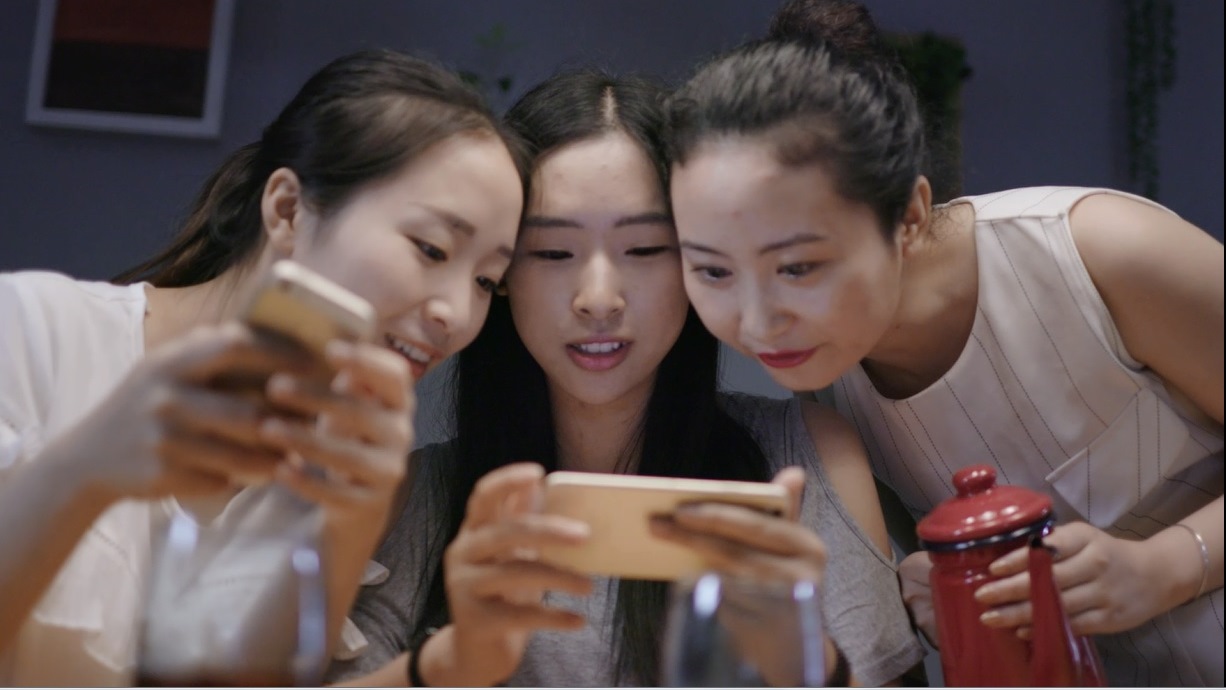
Mobile Taobao is not just about consumption, it’s also about community and content, according to the app’s manager, Jiang Fan.
Addressing Alibaba investors in Hangzhou last week, Fan said the Alibaba mobile shopping application is “the world’s largest destination for everyday shopping, entertainment, lifestyle and community.” And it’s all driven by big data and artificial intelligence.
Just how big is that community? Some 468 million users log onto Mobile Taobao every month. And 189 million launch the app every day, with the average user doing so 7.8 times in a 24-hour period.



They’re not doing so simply to purchase apparel, smartphones or even baby food. In fact, China’s shoppers are also taking to the mobile site for the same reasons Americans take to Facebook, YouTube or Twitter: to engage with other users and consume content.
Some of the most-popular types of content right now are live-streaming and short-form video, which allow brands to tell their stories in ways that merely placing their goods on a virtual shelf does not. Those stories are working: Users spend an average of 18 minutes a day watching live-streamed video on Mobile Taobao, Fan said, and 50 percent of watchers click through to a brand’s flagship store during a broadcast.



Live-streaming has also enabled the rise of “key opinion leaders,” or celebrity influencers who interact with consumers in real time and recommend products for sale. KOLs have become so central to consumption in China that Mobile Taobao has launched three types of recommendation features—Crazy About Shopping, Good Find and Wishlist—all of which driven by these celebrities.
“So, if search was the primary route to purchase in the past, today guided purchase is becoming more and more important,” Fan said.
Short-form video is also on an uptick, with 500,000 short-form videos currently on Taobao. As video-product costs come down, and with the expansion of brand-building opportunities they offer, Fan predicted that most products sold on Taobao would have a short video within five years.
“You’ll be browsing products through the short-video format, and it’s a better format to present a product or to present the story of a shop, of a merchant,” Fan said.
Also in the content space, Mobile Taobao features Weitao, a micro-blogging service for brands, the news feed Taobao Headlines and question-and-answer forum “Your Advice Please” have given consumers even more things to consume. Weitao has proved the most popular, with over 5,000 brands, media outlets and cyber celebrities using the service to reach shoppers. Fan likened these features and their popularity to other apps in the West, such as Instagram or Pinterest.



While the content and community are visible to consumers on Mobile Taobao, what they can’t see is the big data and artificial intelligence powering the platform. The most-obvious example of these tools at work, Fan said, is in customer recommendations.
The company collects data related to everything from a shopper’s purchase history to the pages they view to products they bookmark. The level of detail is so great that Mobile Taobao divides its customers into 500 different segments. Then it couples those segments with the information it has on the more than 1 billion products being sold on the site before putting artificial intelligence to work to generate the most accurate recommendations possible.



“We can analyze their attributes, their characteristics, their past purchase history, their purchasing behavior, [and] their perceived purchasing intention so we can make the recommendations more relevant and more targeted,” Fan said.
Merchants can be segmented, too. Mobile Taobao uses those segments, which comprise different sectors, business models and even the different needs of a merchant, to develop and deliver tools that allow them to better serve their customers. In the past, these assessments were done by human intelligence, but now AI has taken the lead, Fan said.



One such tool designs banner advertisements for merchants. Powered by AI, Mobile Taobao’s system can create a million different ads, each targeted to a different consumer according to his or her profile. This cuts the costs of having a human design the banner, to say nothing of AI’s ability to far outproduce what a human designer could make. Moreover, the AI can track the click-through rate of the ads to judge their effectiveness and switch out the less engaging ones in real time in favor of others that may be more engaging.
Other AI-powered tools, such as a customer-service chat bot and a shopping assistant, are also being used to help both merchants and customers. Indeed, Fan notes that all of the operation models underlying consumer behavior on the platform are underpinned by AI.
“You could say that Taobao is the largest use case for artificial intelligence in the world,” he said.




